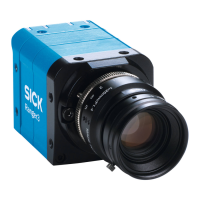Figure 2: Measuring the range of a cross-section of an object
1
Transportation direction
2
X (width)
3
Y (negative transport direction)
4
Z (range)
5
Profiles
By default, the range measurement values from the camera are not calibrated – that is:
•
X and Z (range) coordinates are represented by column and row positions on the
sensor, instead of real world positions and distances.
•
Y coordinates are represented for example by the sequence number of the mea‐
surement, or by the encoder value for when the profile was captured.
In a machine vision system, the Ranger3 camera acts as a data streamer. It is con‐
nected to a PC through a Gigabit Ethernet network. The camera sends the profiles to
the computer, and the computer runs a custom application that retrieves the profiles
and processes the measurement data in them.
Before the camera can be used in a machine vision system, the following needs to be
done:
•
Find the right way to mount the camera and lighting.
•
Configure (and optionally calibrate) the camera to make the proper measure‐
ments.
•
Write the application that retrieves and processes the profiles sent from the cam‐
era.
For more information about 3D measurements, see "Range (3D) measurement",
page 78.
3.3
Hardware description
3.3.1 Sensor
The Ranger3 camera is based on a unique SICK CMOS sensor which has a 2D pixel
matrix, row-parallel AD-converters, and a processor architecture that enables image
processing directly on the sensor. The technology is called ROCC, which means Rapid
On-Chip Calculation. For technical details, see "Technical data", page 71.
3 PRODUCT DESCRIPTION
12
O P E R A T I N G I N S T R U C T I O N S | Ranger3 8020774/14IM/2019-07 | SICK
Subject to change without notice

